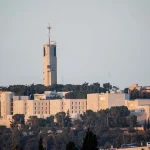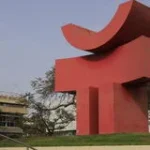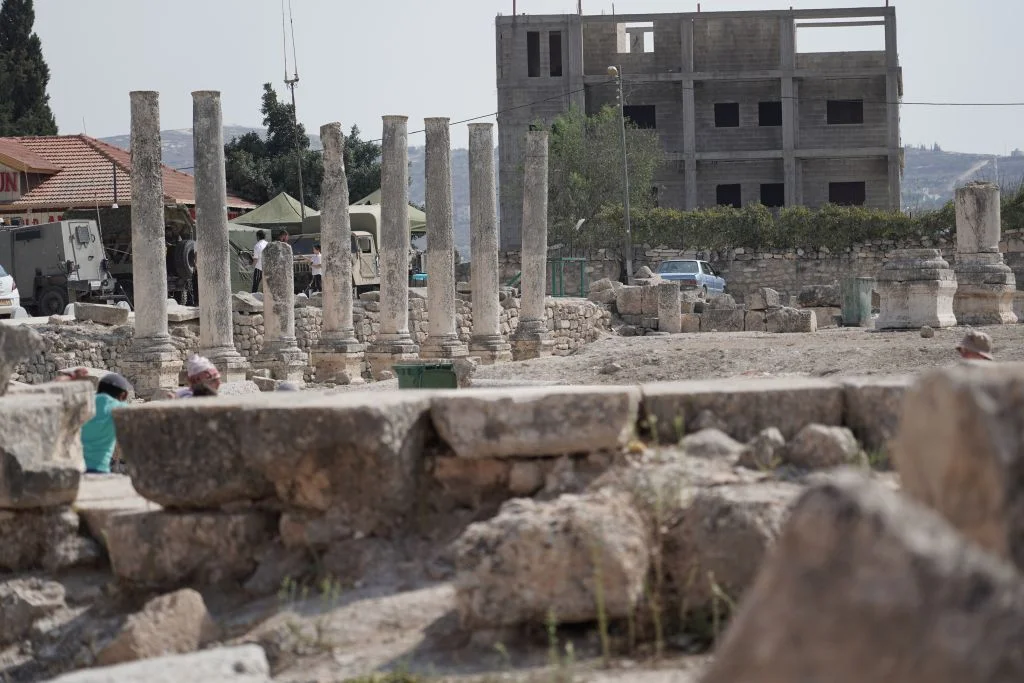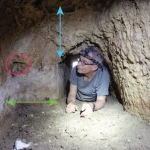Jerusalem, 31 August, 2025 (TPS-IL) — One of the oldest known examples of human lighting technology — 4,000-year-old lamp wicks preserved inside clay oil lamps — was discovered during preparatory work for the development of a new neighborhood, the Israel Antiquities Authority announced on Sunday.
“This is a unique discovery that we did not expect could ever be found in the moist Mediterranean climate; these wicks are among the few of their era known to us in the world,” said Dr. Naama Sukenik and Dr. Yonah Maor, who analyzed the wicks.
“Although wicks were a common lighting product in the ancient world, the fact that they are made of organic fibers makes them difficult to discover in archaeological excavations. Even in cases where the organic material is preserved, such as in desert climates, it is difficult to identify a wick unless it is inside the combustion vessel, as it has no special characteristics that distinguish it from a group of fibers, threads or ropes,” Sukenik and Maor said.
“All of this is complicated by the fact that the wick was intended for combustion, and therefore, by virtue of its function, it is not preserved after its use. The fact that three wicks were found — one of which survived intact, and in the humid climate of the coastal plain — is very surprising,” they added.
The lamps and wicks were found in tombs dating to the Intermediate Bronze Age (c. 2500–2000 BCE), together with pottery, animal bones, metal weapons and jewelry. According to excavation directors Dr. Gilad Itach, Yossi Elisha and Yaniv Agmon, they were likely used both practically and symbolically in burial rituals.
The discovery sheds new light not only on daily life in the ancient world but also on rituals and practices that continue to resonate thousands of years later, the excavation directors said.
“The fire burning in a lamp has been associated with magical power since the dawn of humankind, thanks to its ability to provide light and heat, and its ability to transform materials in various ways, including burning, melting and firing,” Itach, Elisha and Agmon explained. “Just like today, thousands of years ago, the fire burning in a lamp symbolized the human soul. The common Hebrew term we use today, ‘Ner Neshama,’ the flame of the soul, probably originated thousands of years ago.”
Laboratory testing found traces of soot on the fibers, proving the wicks were actually used.
But even more striking was what the wicks were made of.
“It is unlikely that an expensive textile such as linen would have been woven especially for an object intended for combustion,” said Sukenik. “We speculate that the wicks were recycled from other textiles, after their original purpose was completed. According to our analysis, we can reconstruct this wick as made from textile cut into long strips that were twisted together. The secondary use of textiles indicates smart economic conduct, in which precious raw materials were maximally utilized. This attests to creativity, thrift, and shows that people recycled objects even 4,000 years ago.”
The excavation is part of preparatory work for the development of a new neighborhood in the central Israeli city of Yehud.
An analysis of the wicks was published in the Antiquities Authority’s peer-reviewed journal, Atiqot.





























